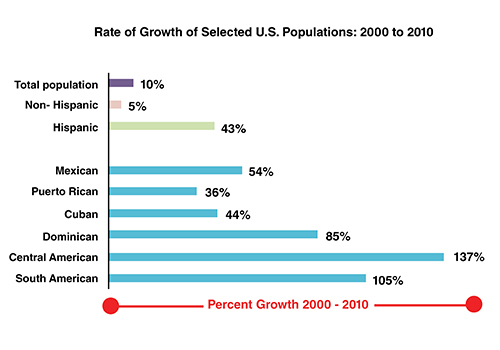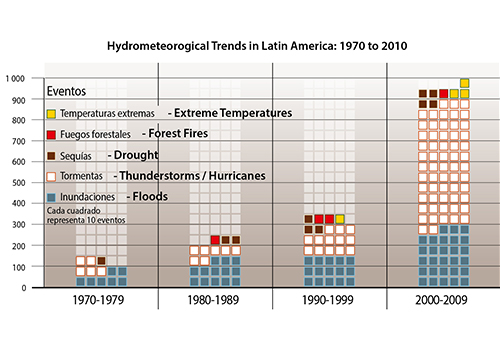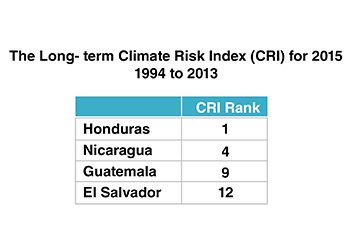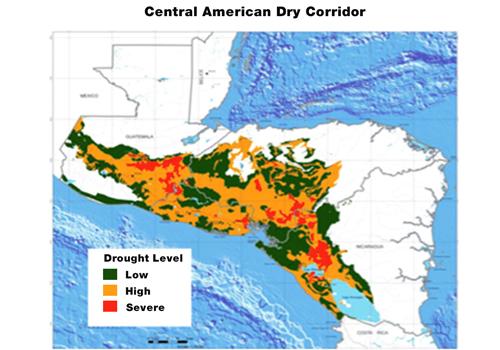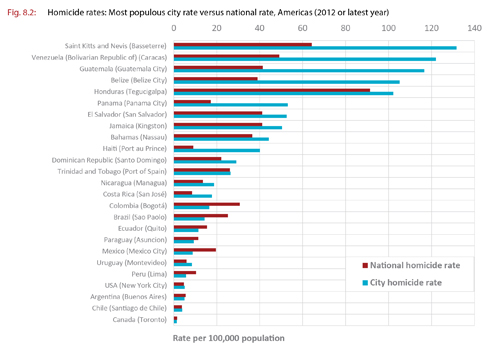Also Received the David Bell Award for Industry Service
Daisy Expósito-Ulla Inducted Into the 69th Annual Advertising Hall of Fame®
New York, NY (April 25, 2018) – Daisy Expósito-Ulla, Chairman/CEO of d expósito & Partners, was inducted into the 69th Annual Advertising Hall of Fame® at a Gala Dinner and Induction Ceremony on Tuesday, April 24th, 2018 at Cipriani Wall Street in New York City. The AAF Hall of Fame is undoubtedly the highest honor bestowed by America’s Advertising Industry and it recognizes the most accomplished and legendary figures in advertising, bringing together the industry to celebrate the Biggest Night in Advertising™.
She received the award from Cesar Conde, Chairman, NBCUniversal International Group and NBCUniversal Telemundo Enterprises.
During the ceremony, a 3-minute career highlight video presented the remarkable achievements of Daisy Expósito-Ulla, a pioneer and a recognized authority in multicultural marketing and brand communications. Besides having received numerous industry and creative awards (Clio, Effie, Addy, ADCOLOR Lifetime Achievement Award among others), she is consistently acknowledged as one of the Most Influential Latinos in the U.S.A. Her participation on boards includes the Ad Council, the AEF, and the 4A’s Foundation and she is a founding member of AHAA (The Association of Hispanic Ad Agencies) now known as Culture Marketing Council and served as its president.
Among her enormous contributions to the betterment of society outside her professional career, she has worked tirelessly to support the people and causes she cares deeply about.
At the gala ceremony dinner, she also accepted the David Bell Award for Industry Service, awarded to recognize extraordinary and unique contributions and service to the advertising community and industry as a whole. The award is named in honor of David Bell (Hall of Fame Class of 2007), a visionary leader and mentor to several generations of advertising professionals.
Expósito-Ulla, a well-known powerhouse of creativity, business-building and industriousness, has been widely recognized as a pivotal architect of the Hispanic Market in the United States. Her pioneering efforts for the industry started at an early age when the market was significantly smaller from what it is today.
“I’m so honored to be included among this distinguished group inducted into the AAF Hall of Fame,” said Daisy Expósito-Ulla, Chairman and CEO, d expósito & Partners. Daisy Expósito-Ulla said, “This is indeed the highest honor I have ever received in my 40-year career. I share it with my partners, team and family who have always supported me and helped make the achievements possible.”
During her acceptance speech Daisy noted, “I’ll say this: I am an immigrant. I am a product of Brand America. And so, I would be remiss if I were to accept this induction at this time in our history without emphasizing the importance of keeping the spirit of this generous country alive.”
To read the full acceptance speech please scroll down.
This year’s honorees, the Class of 2018, included: Kenneth I. Chenault, Chairman and Chief Executive Officer, American Express Company; Beth Comstock, Former Vice Chair, GE; Daisy Expósito-Ulla, Chairman and Chief Executive Officer, d expósito & Partners; Steve Hayden, Retired Vice Chairman, Global Chief Creative Officer, Ogilvy & Mather; George Lois, Creative Director, Good Karma Creative; Paul Polman, Chief Executive Officer, Unilever; Arthur O. Sulzberger Jr., Publisher and Chairman, The New York Times Company; and Lois Wyse (1926-2007), Founder, Wyse Advertising.
At Young & Rubicam/WPP’s The Bravo Group, Daisy led and helped build a multi-million dollar company to reach billings of nearly half a billion, advancing it to be the largest Hispanic and multicultural agency to this day. Presenting Daisy with the NY International Center award, Ambassador Ed Ney, Chairman Emeritus, Y&R, described her as “the most important Madison Avenue success story written by a woman not born in the United States.” In 2005, she helped found d expósito & Partners with a group of former colleagues and her husband and partner, award-winner filmmaker, Jorge Ulla.
In 2015, d expósito & Partners was chosen AEF Agency of the Year by the Advertising Educational Foundation which also recognized Daisy “for her contributions to American advertising.” Among her many honors: The New York Women in Communication’s Matrix Award; AAF’s Role Model; New York Women’s Agenda Star; The Carnegie Foundation; Pride of America recognition; The Carvel Immigrant Award; and New York’s International Center recognition which she shared with Nobel laureate Elie Weisel and former Secretary of State Henry Kissinger.
About the Advertising Hall of Fame
The Advertising Hall of Fame celebrates industry legends, who, throughout their trailblazing careers, have distinguished themselves with outstanding, nationally- and globally-recognized professional achievements; remarkable innovations that have changed our industry and our culture; and exceptional philanthropic work both within the advertising industry and in their communities. Since its inception in 1949, over 250 advertising legends and eight iconic global companies have been elected to the Hall. The event is among the advertising industry’s biggest and most prestigious of the year, attended by nearly 1,000 C-suite and senior level executives from the world’s largest brands, advertising agencies, media and tech companies and is the largest fundraiser for the Federation providing a vital source of funding necessary to continue the wide range of educational, multicultural, and advocacy initiatives that are critical to our industry. For more information on the Advertising Hall of Fame, visit aaf.org/ahof.
About d expósito & Partners
d expósito & Partners is a multi-service communications agency with a fresh business model designed to help clients win consumers. Propelled by a Hispanic-centric DNA and its Multicultural expertise, it is positioned as The New American Agency™, helping brands engage today’s technologically-savvy, multicultural consumers, while leveraging the compelling opportunities represented by U.S. Hispanics. It is an independent, minority- and woman-owned firm that provides relevant in-culture communications. https://newamericanagency.com
Daisy Expósito-Ulla, Chairman and CEO of d expósito & Partners, induction intothe AAF Hall of Fame Remarks:
Thank you, David. I’m honored to receive this award that bears your distinguished name. Cesar, thank you for your kind introduction and for the committed participation of the Comcast/ NBC- Universal /Telemundo family.
Thank you to the Council of Judges of the AAF and to those who endorsed my nomination, starting with hall-of-famer Eduardo Caballero and concluding with my friend Marc Strachan.
To be among tonight’s inductees feels like I’m a character in one of those simulations Elon Musk always seems to talk about. It is surreal, to say the least. I’m humbled to be in your company. I also think of past inductees, from titans I studied and never got to know, to friends I was lucky to make along the way, like Teresa Zubizarreta.
You know, I don’t say any of this stuff purely as a gesture of humility. The fact that I ended up on this stage truly is improbable: As Peter Georgescu has said, I, like him, was an almost “off the boat” refugee in America. Growing up in Queens, the world-outside-my-world seemed like a beautiful fish bowl in which “other fish” got to do the swimming. I was an immigrant. I was a minority. And I was a woman of color.
Propelled by my parents’ examples of tenacity, I somehow made my way into the ad agency world. I’m glad the path led to Culture Advertising. This was at a time when the demographics of the country were shifting, and Madison Avenue still hadn’t quite realized what was going on. But a few independent pioneers in the Hispanic Market saw an opening – and so did Ed Ney, who created a division called Bravo at Y&R. That was my break, and I had no idea it would become what it did.
All I know is that without mentors like Bill Green and Nancy Smith, who are here tonight, it wouldn’t have happened.
And of course, it wouldn’t have been possible if we didn’t approach our work with a sense of respect, soul and authenticity – fully embracing the beautiful, singular otherness of our consumer. We were about diversity and inclusion, about truly mirroring the country- even in the face of what I will gently call “doubt.”
The merits of the approach became evident in the results.
Tonight, I share this recognition with the team at our agency and particularly with my partners: Gloria, John, Fernando, Louis and Paco: I’ve been working with some of you for decades! My gratitude to my industry colleagues and to the Hispanic media. To my client partners, thank you for making the journey possible. I wouldn’t be standing here without your trust: Edna, Yvette, Annie, Paul, Lisa, Lorraine…
Personally, I’m grateful to be married to Jorge Ulla, a talented and supportive man who tends to believe in me more than I often do myself. I’m grateful for my son, Gabe, a brilliant writer- proud of you. I’m grateful for my sister Maritza, her husband Steve, and my 93-year- old mother Narcisa, here tonight. She still lives in the Queens apartment where we settled after arriving from Cuba. She keeps us grounded and laughing. And I’m grateful for the lessons of my father, who I like to think is watching me right now.
Finally, if you don’t mind my ending on a lofty note, I’ll say this: I am an immigrant. I am a product of Brand America. And so, I would be remiss if I were to accept this induction at this time in our history without emphasizing the importance of keeping the spirit of this generous country alive.
Thank you, AAF. It feels wonderful to be swimming in the fish bowl with the big fish.
Muchas gracias.









